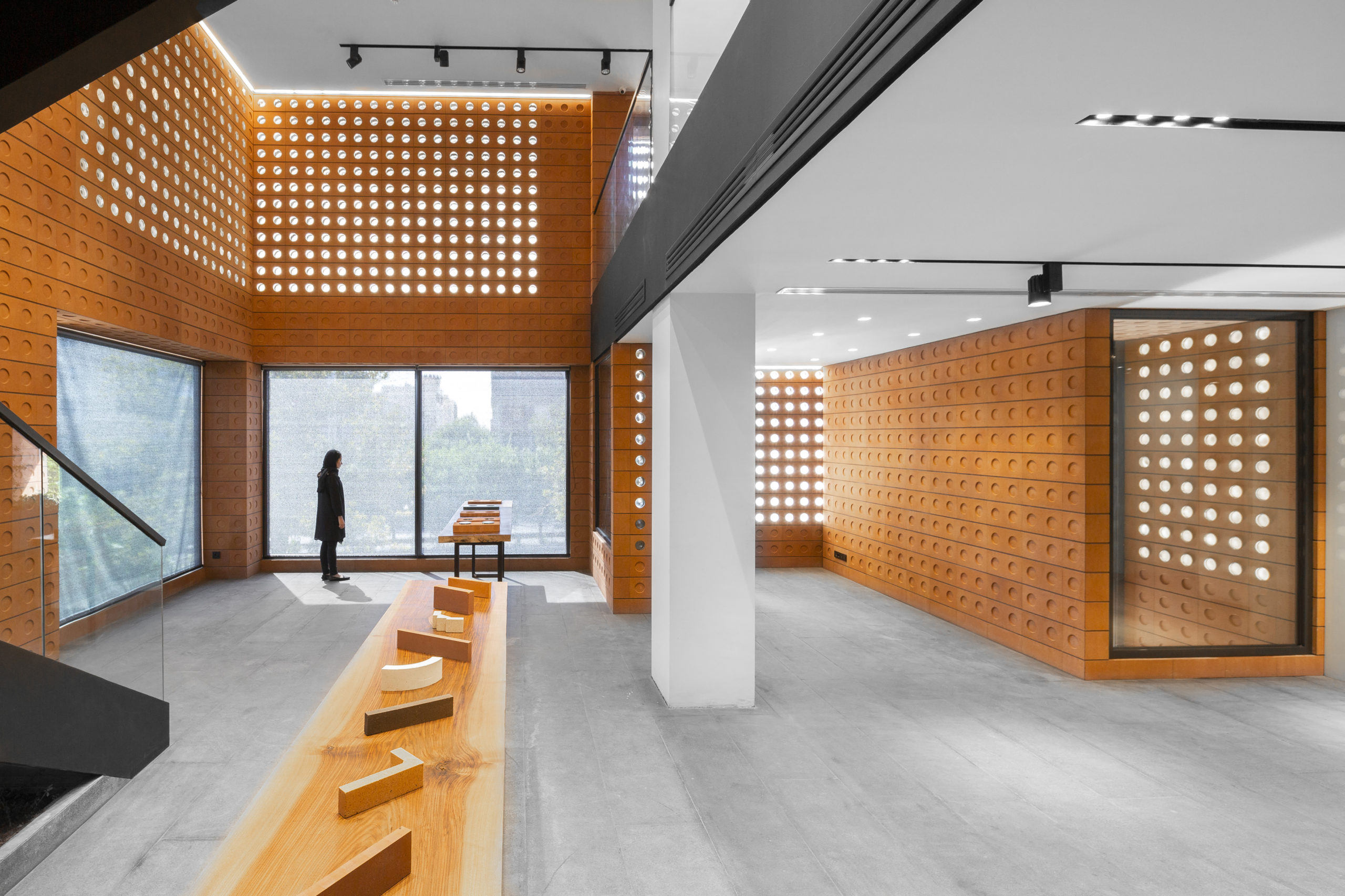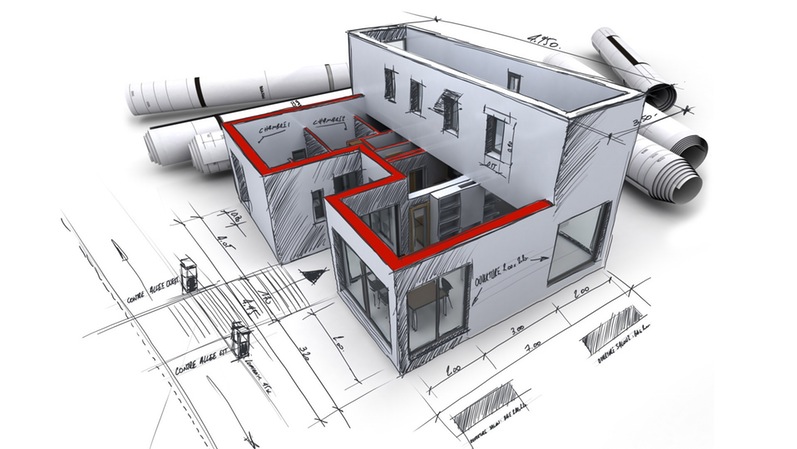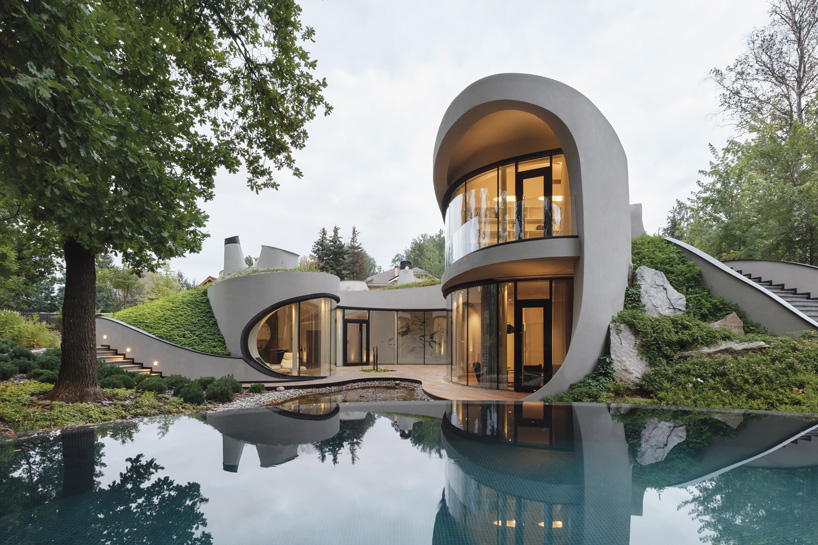The Effect of Technical Developments on the Design Practices of Contemporary Architects
The fast advancement of technical devices has dramatically improved the layout landscape for modern designers, promoting unmatched levels of innovation and sustainability. The combination of Structure Information Modeling (BIM), parametric design, and artificial knowledge has not only streamlined cooperation among varied teams but additionally redefined project execution. As designers embrace these improvements, they are challenged with complicated difficulties that can influence their imaginative procedures. Exploring these characteristics exposes a nuanced interplay between modern technology and standard design methodologies, triggering a more detailed assessment of what the future holds for architectural methods.
Advancement of Architectural Tools
How have architectural tools changed the style and construction procedures over the centuries? The development of building devices has substantially influenced the effectiveness, precision, and imagination of style and construction. In ancient times, architects depend on simple tools such as plumb bobs, determining rods, and fundamental geometry to produce structures. These tools laid the foundation for very early building method, permitting the building of iconic structures, albeit with constraints in accuracy and complexity.
With the arrival of the Renaissance, the intro of the compass and the protractor noted an essential change. These devices made it possible for engineers to accomplish greater accuracy in their styles, promoting the appearance of more detailed and proportionate buildings. The Industrial Transformation further transformed architectural experiment the intro of mechanized devices and products, allowing for larger and much more ambitious projects.
In the 20th century, the advancement of computer-aided design (CAD) software application transformed the landscape once more, supplying architects with extraordinary abilities in modeling and visualization. Today, advanced tools such as Structure Details Modeling (BIM) and parametric style software program continue to push the boundaries of architectural technology, allowing a much more incorporated approach to design and construction processes.
Enhanced Cooperation in Design
As technology remains to develop, enhanced partnership in style has become a keystone of modern-day building practice. The combination of digital tools such as Building Info Modeling (BIM), cloud-based platforms, and advanced visualization software program has actually changed the means engineers, designers, and stakeholders connect throughout the layout procedure. These devices assist in real-time interaction, enabling teams to share ideas, modifications, and feedback immediately, despite geographical location.

Additionally, interdisciplinary collaboration has actually been streamlined through these technical developments, making it possible for architects to work extra closely with other experts, such as urban coordinators and ecological consultants. The result is a much more natural approach to create that takes into consideration various point of views and experience. Ultimately, improved cooperation in layout is not merely a trend; it is necessary for developing cutting-edge, functional, and aesthetically pleasing design in a progressively intricate globe.

Sustainability Through Technology
Sustainability in style has actually progressively become linked with technical development, driving the industry towards ecologically accountable techniques. Contemporary engineers are leveraging innovative innovations to minimize ecological effect while enhancing the efficiency of buildings. cda architects. One famous example is using Building Information Modeling (BIM), which permits precise preparation and resource appropriation, minimizing waste during building and construction and promoting power effectiveness throughout a building's lifecycle
In addition, clever materials and energy-efficient systems are being incorporated into designs to enhance resource usage. Technologies such as photovoltaic cells and eco-friendly roofing systems harness renewable resource sources, adding to decreased carbon impacts. Additionally, the application of fabricated intelligence in layout processes allows engineers to mimic and assess energy usage, leading decisions towards even more sustainable results.
The assimilation of sustainable innovations not just aligns with worldwide ecological goals however likewise fulfills an enhancing demand from customers for environmentally friendly options. As engineers embrace these developments, the focus moves in the direction of creating areas that are not only cosmetically pleasing yet also functionally sustainable, thus redefining the requirements of modern-day style. By doing this, technology acts as a driver for sustainability, allowing engineers to make structures that regard and enhance the natural surroundings.
Challenges in Implementation
While technological developments in design hold excellent assurance for boosting sustainability, their execution often encounters significant challenges. One primary barrier is the high understanding contour related to brand-new innovations. Designers and building experts may require extensive training to effectively make use of innovative software program and devices, which can delay project timelines and raise prices.
Furthermore, the assimilation of arising innovations, such as Structure Info Modeling (BIM) and lasting products, often necessitates cooperation throughout multidisciplinary teams. This cooperation can be impeded by differences in expertise, operations, and interaction styles, leading to possible disputes and inefficiencies.

In addition, regulatory frameworks and building codes might not maintain rate with technological developments, producing uncertainty and possible conformity concerns. This challenge can dissuade designers from completely accepting brand-new modern technologies, as the threat of non-compliance might outweigh find more info the benefits. Attending to these application difficulties is vital for the effective combination of technological developments in contemporary architectural techniques.
Future Fads in Style
The difficulties related to the application of new modern technologies in style have actually triggered a reevaluation of click to find out more future trends within the industry - cda architects. As engineers browse problems such as sustainability, urbanization, and social equity, they are increasingly adopting cutting-edge innovations to improve design performance and ecological performance
One popular trend is the assimilation of expert system (AI) in the design procedure. AI tools can analyze substantial datasets to notify design choices, improving both creativity and capability. Structure Information Modeling (BIM) proceeds to evolve, making it possible for real-time partnership amongst stakeholders and assisting in structured job monitoring.
Sustainable layout methods are additionally acquiring energy, with architects concentrating on adaptive reuse and regenerative style concepts that reduce source consumption and waste. The unification of smart materials and eco-friendly energy sources will certainly even more improve the resilience of buildings despite climate modification.
In addition, the rise of parametric style permits for even more customized and context-sensitive building remedies (cda architects). By taking advantage of these advancements, designers are positioned to develop built environments that not only attend to the prompt needs of society however likewise prepare for future obstacles, thereby redefining the function of design in an ever-changing world
Verdict
Technical advancements have considerably improved building style techniques, promoting boosted accuracy, collaboration, and sustainability. The integration of tools such as Building Information Modeling and parametric design software, alongside synthetic intelligence and smart materials, empowers architects to address complex Read More Here challenges more effectively. While implementation may offer particular barriers, the ongoing development of these innovations guarantees to drive advancement in design. Future patterns will likely even more emphasize sustainability and performance, inevitably redefining the developed atmosphere.